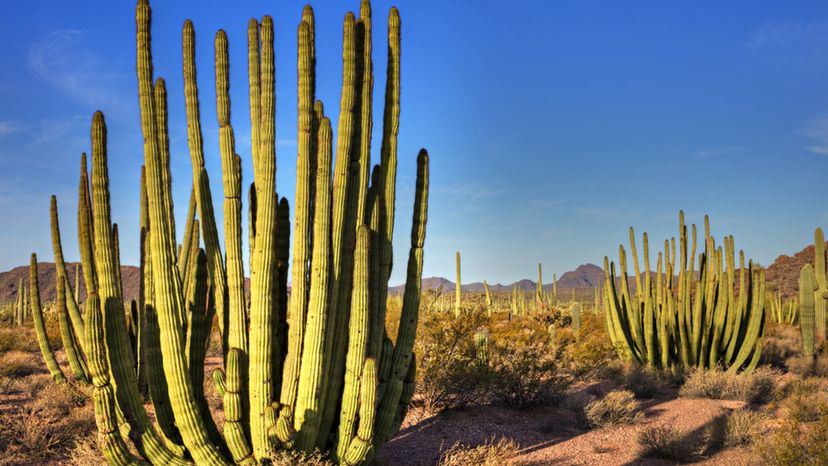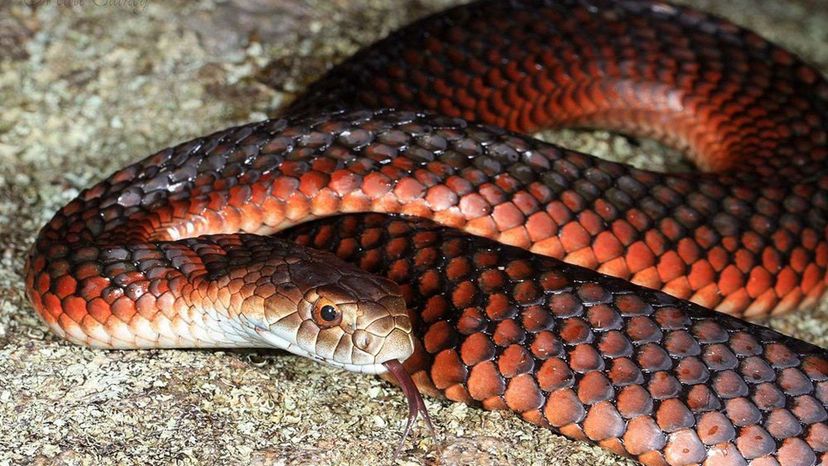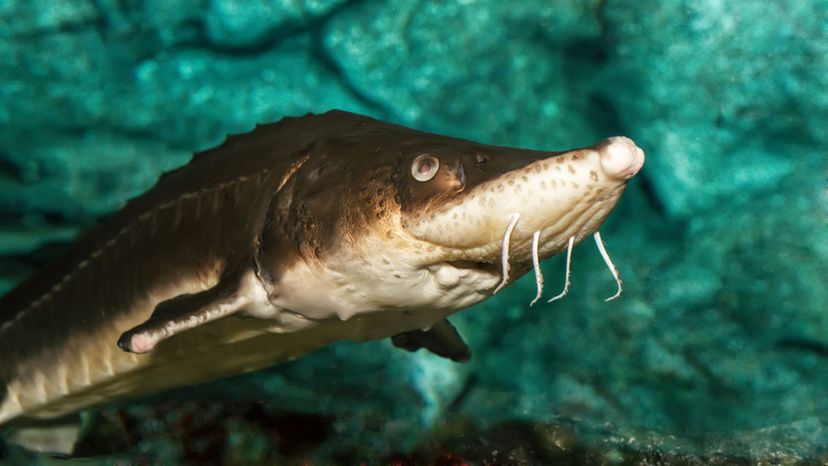
About This Quiz
Whether you love biology or are helping your student with his science class, you know how important it is to classify organisms to support a common language for animal identification. The classifications need to be based on a variety of characteristics, not just physical appearances. Using genetic material, studying the evolutionary development, history and relationship to other organisms are some of the ways to provide a more accurate definition of an organism.
It all started with the Swedish botanist Carl Linnaeus, who devised a formal system for classifying the diversity of nature. Linnaeus cataloged some of the classes of living things--such as mammals and birds. It has taken 250 years, and this classification is nearly complete. Ultimately, this information will help biologists better understand how all living things are interconnected.Â
Take for instance, a mammal could be a dolphin as well as a kangaroo. Vertebrae, warm blooded, with the ability to produce milk for its young are just some of the characteristics that connect this underwater creature to a land animal. As for birds, the similarities between a penguin and a parrot may not be visually apparent, but their ability to lay eggs, grow feathers, and have wings--although they may not be able to fly--connect the two. Now it's your turn. See how well you do classifying these organisms from an image. Start the quiz now.Â
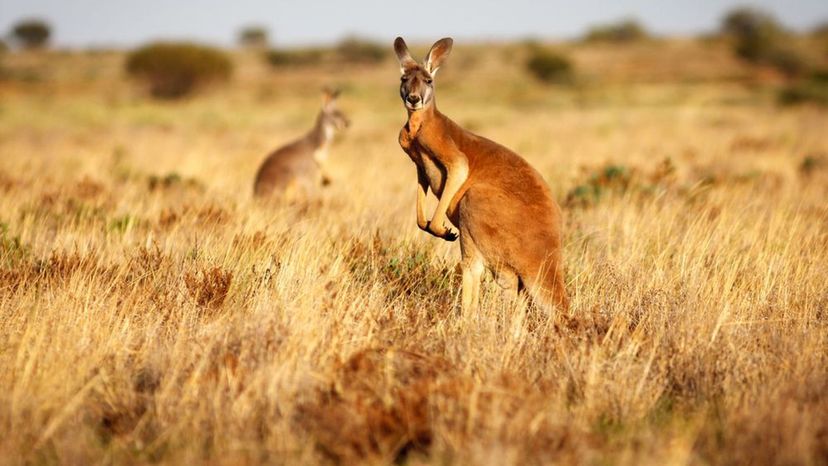
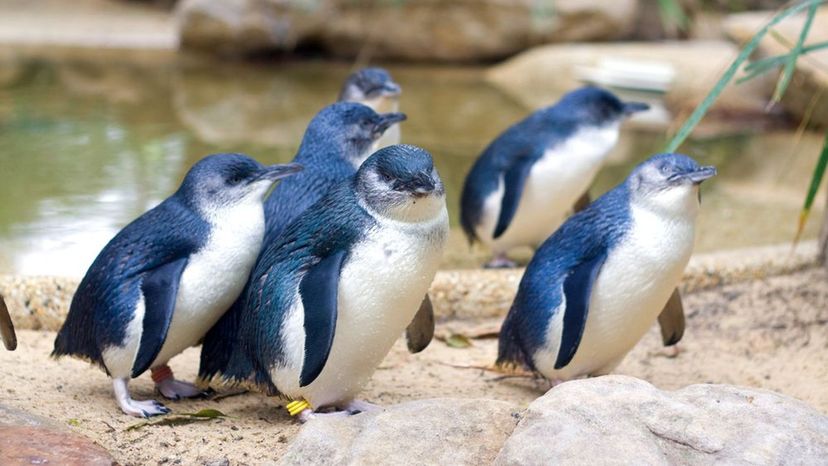

Advertisement


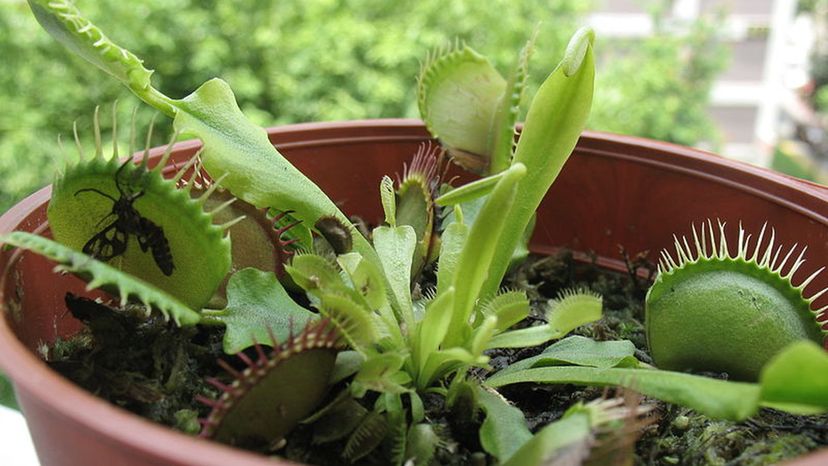
Advertisement


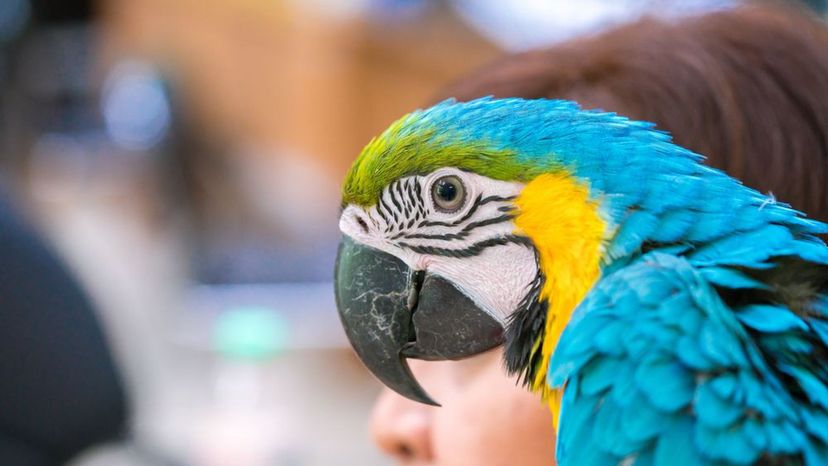
Advertisement
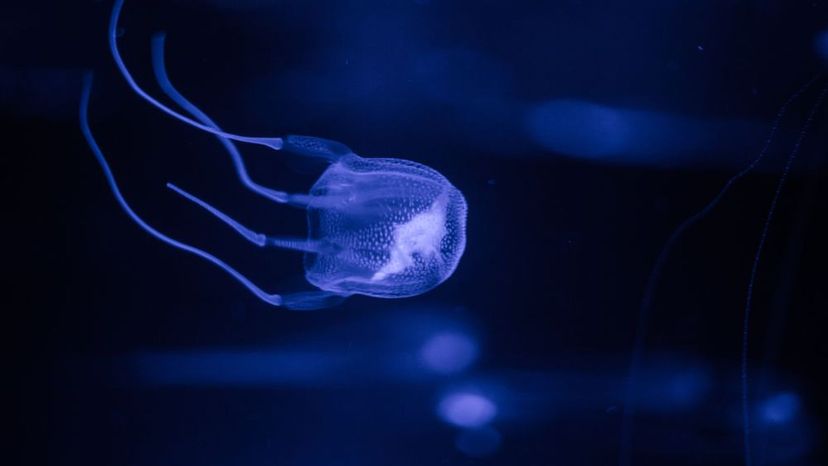
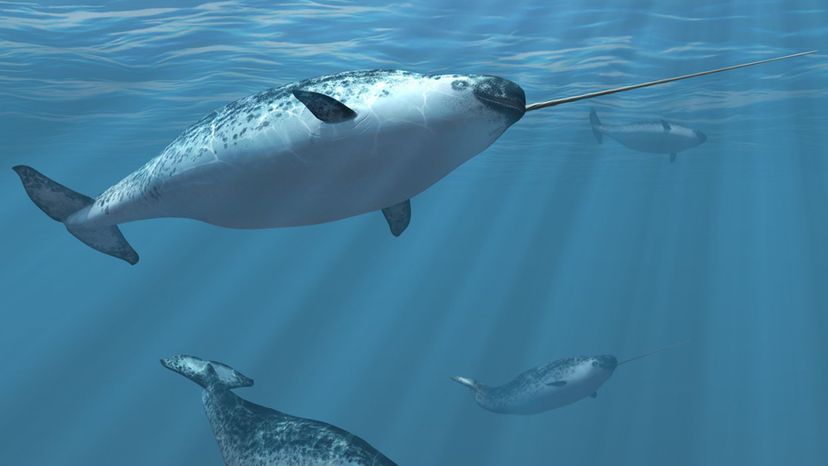
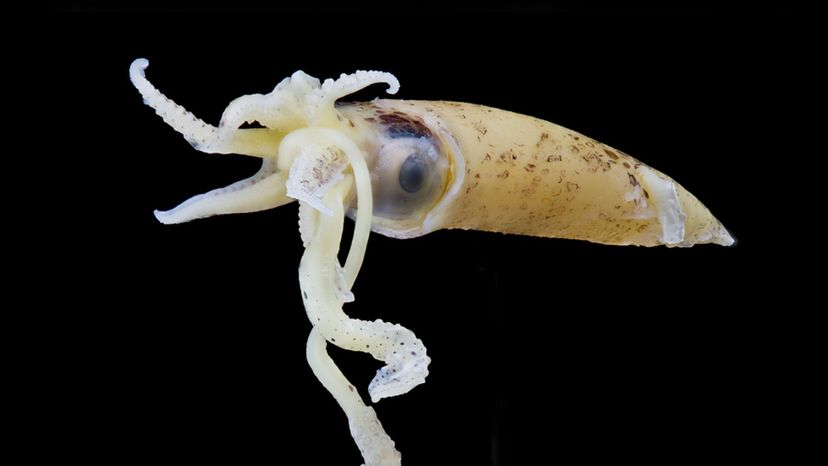
Advertisement

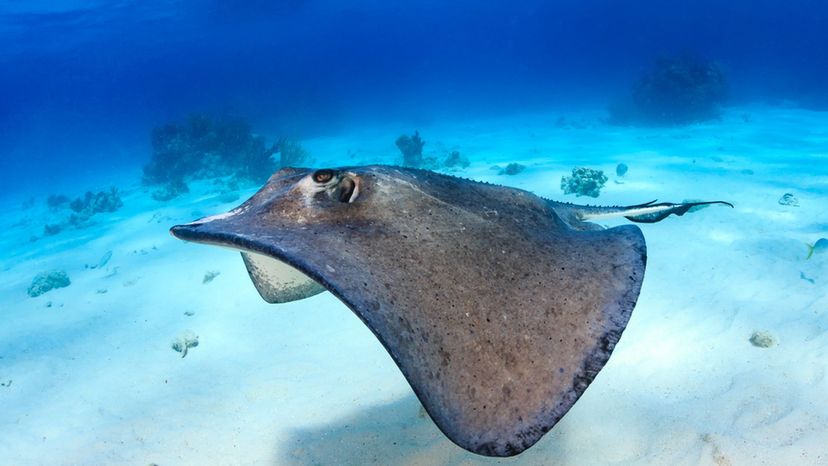
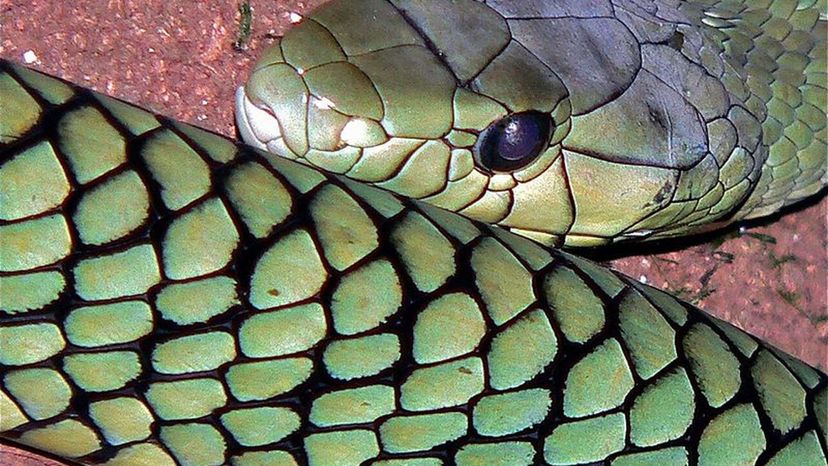
Advertisement
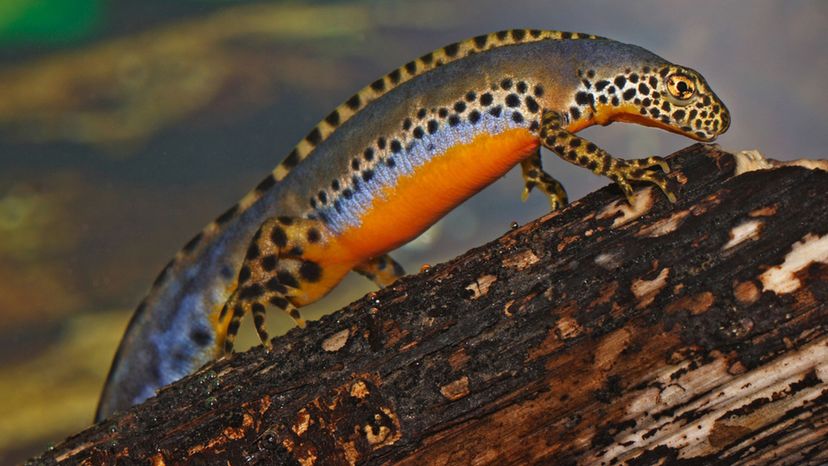
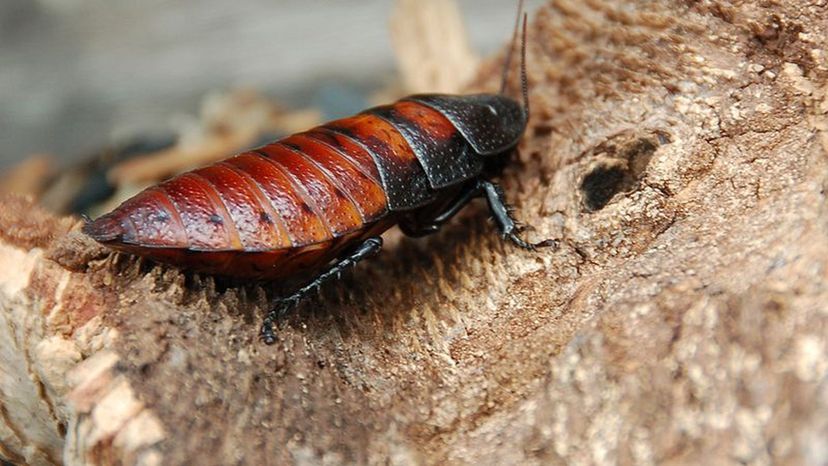
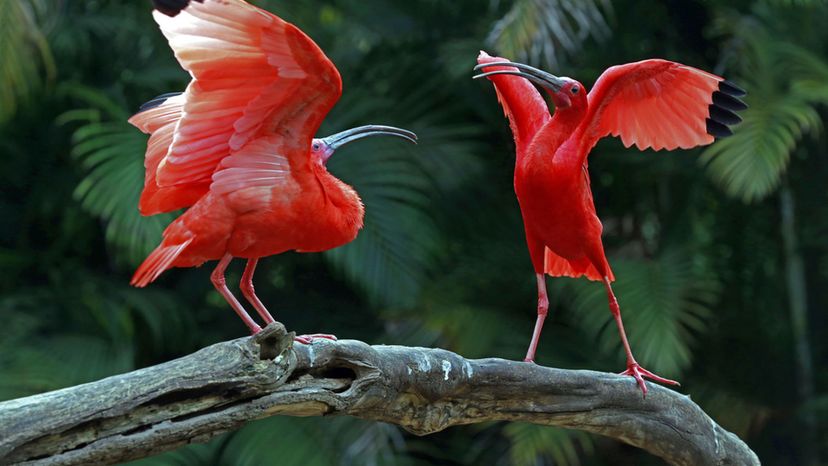
Advertisement

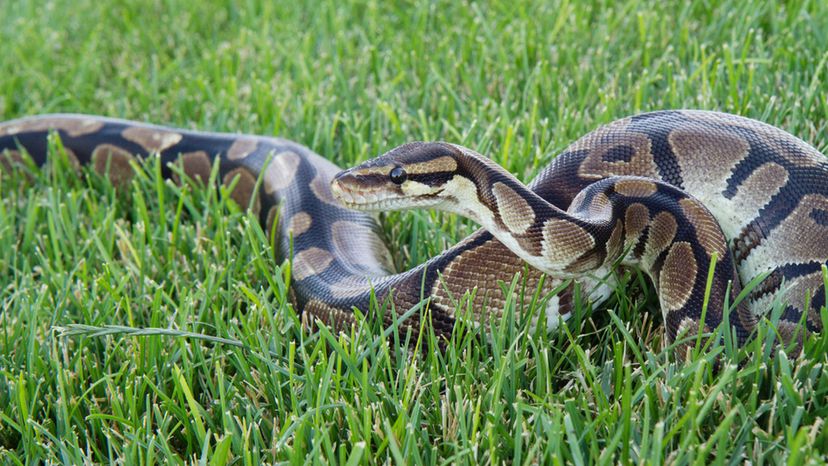

Advertisement
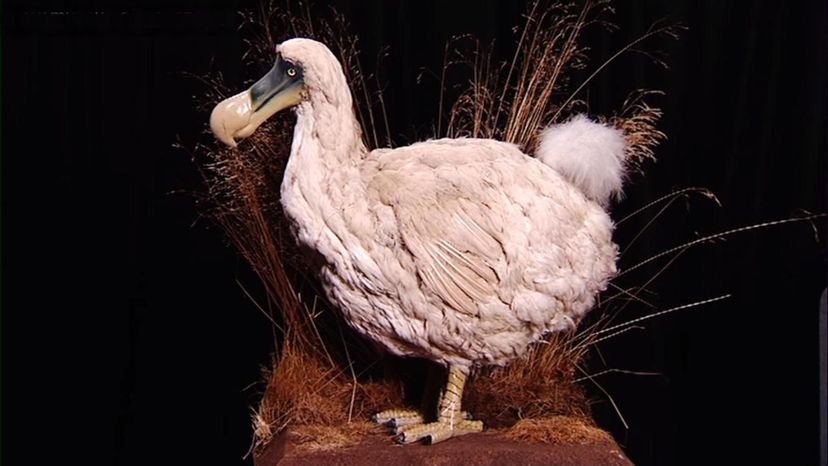
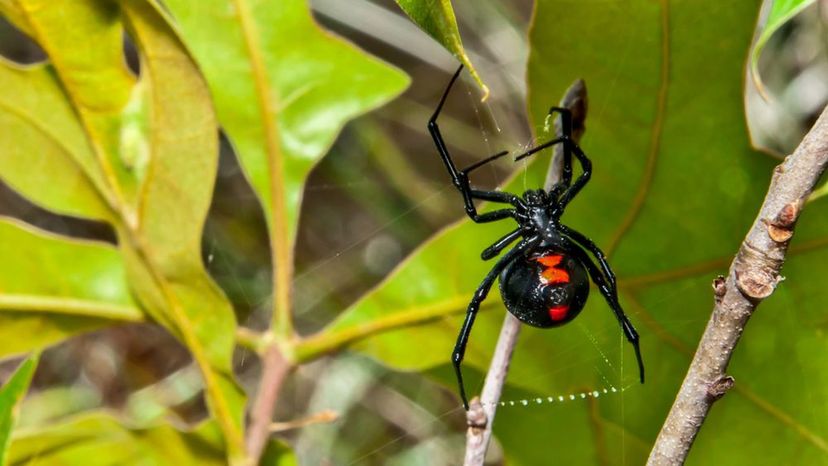
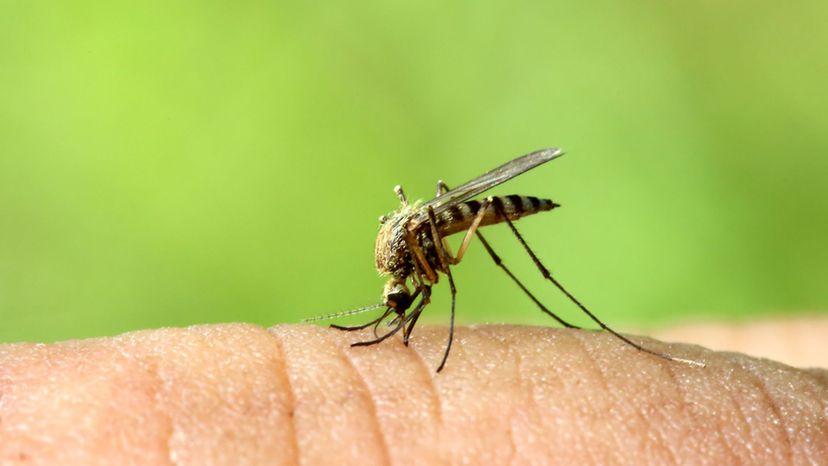
Advertisement
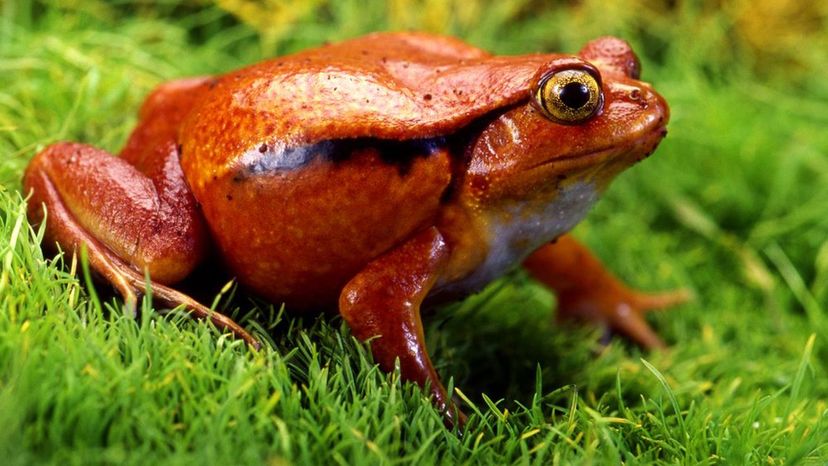
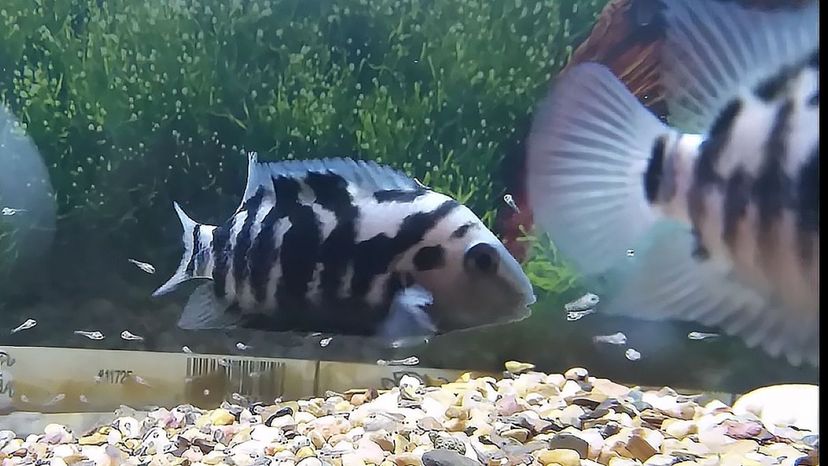
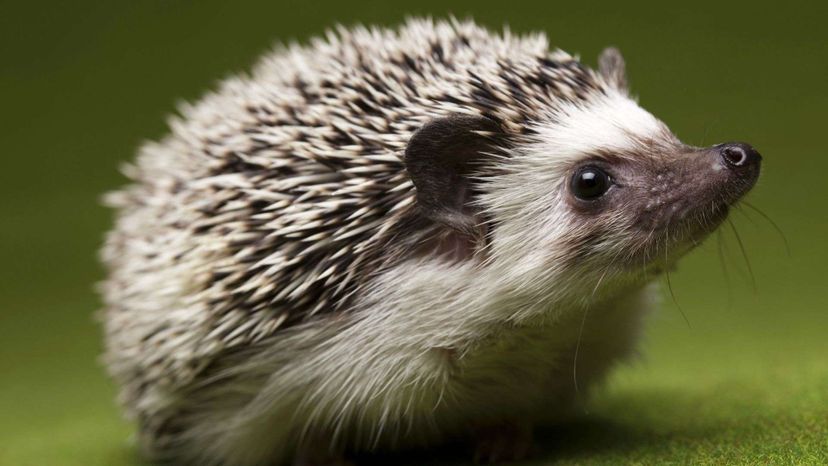
Advertisement
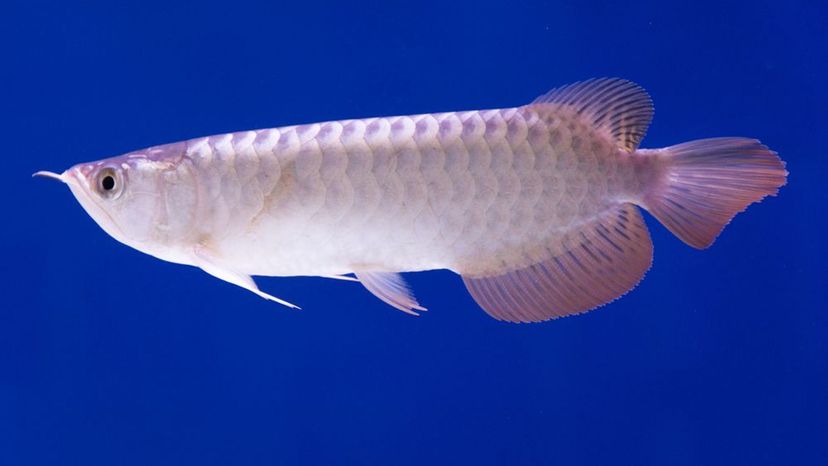

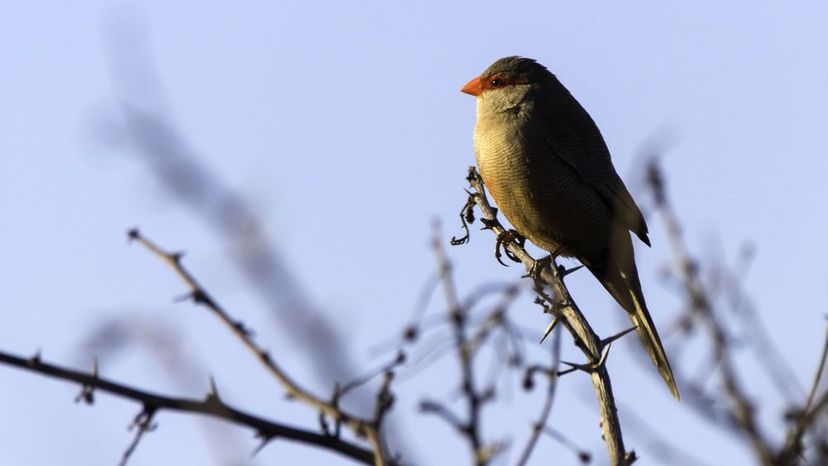
Advertisement
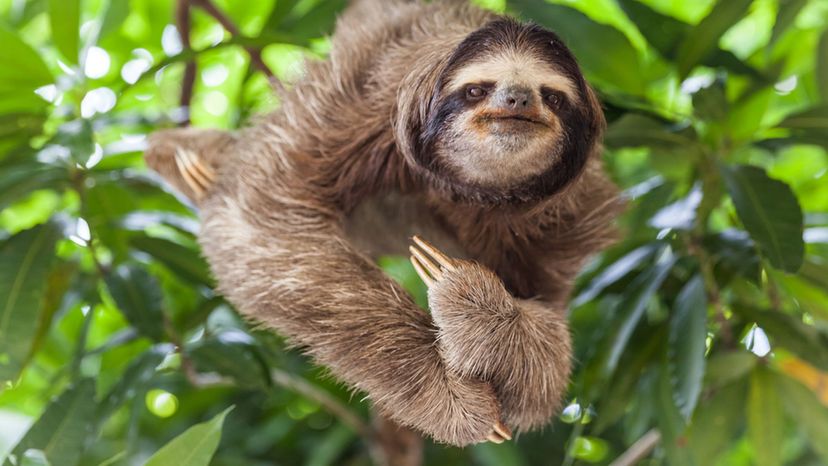
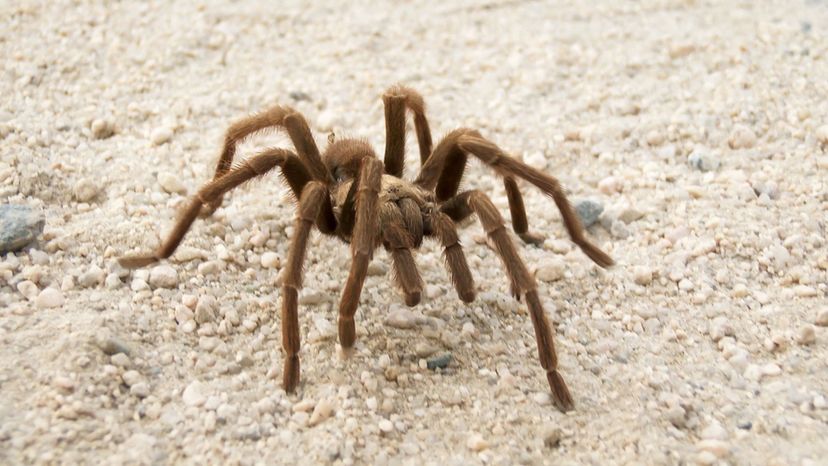
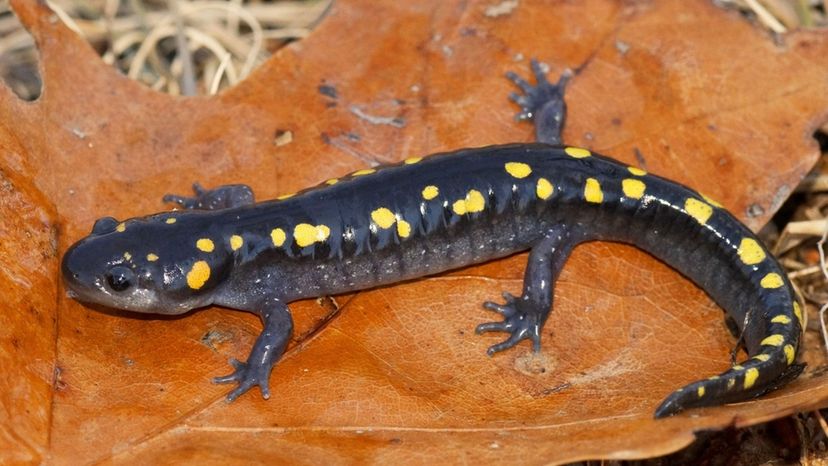
Advertisement

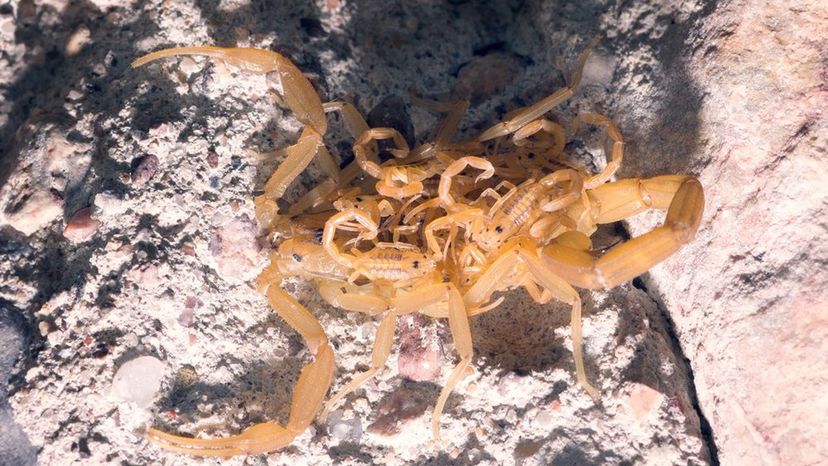

Advertisement
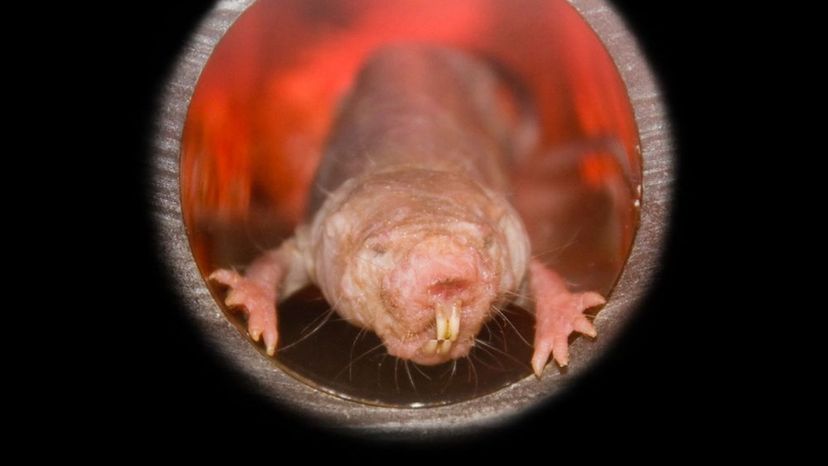
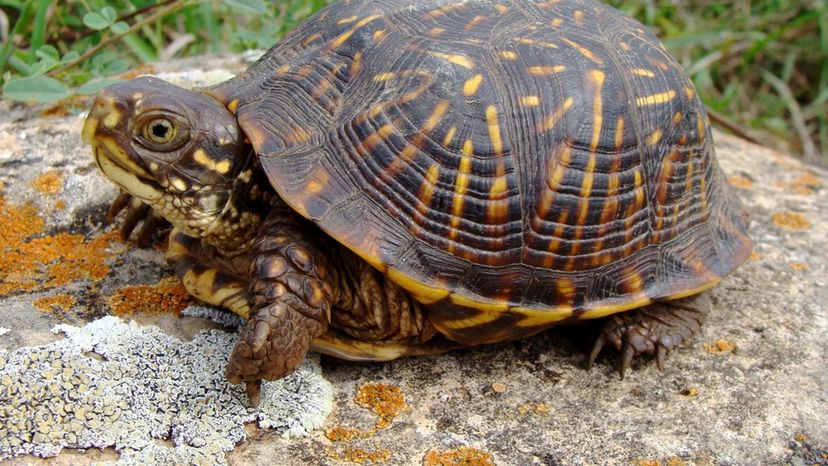

Advertisement
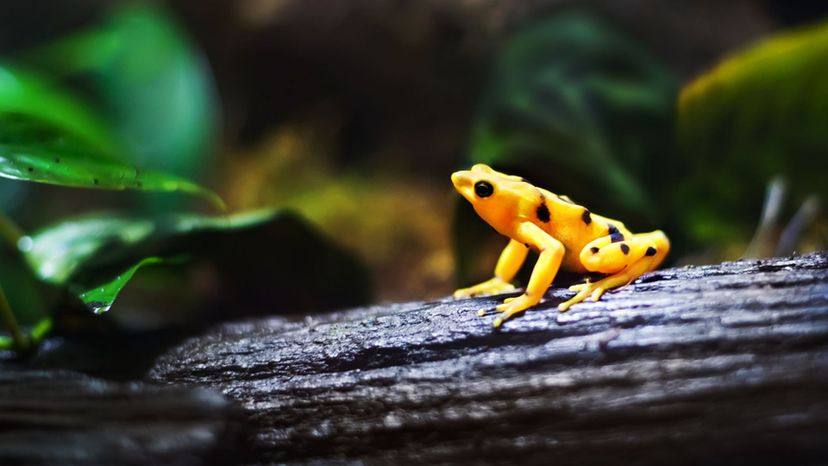


Advertisement
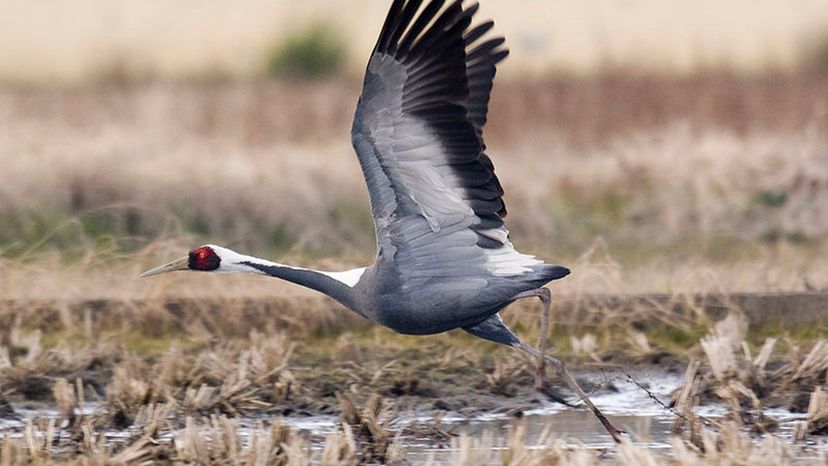
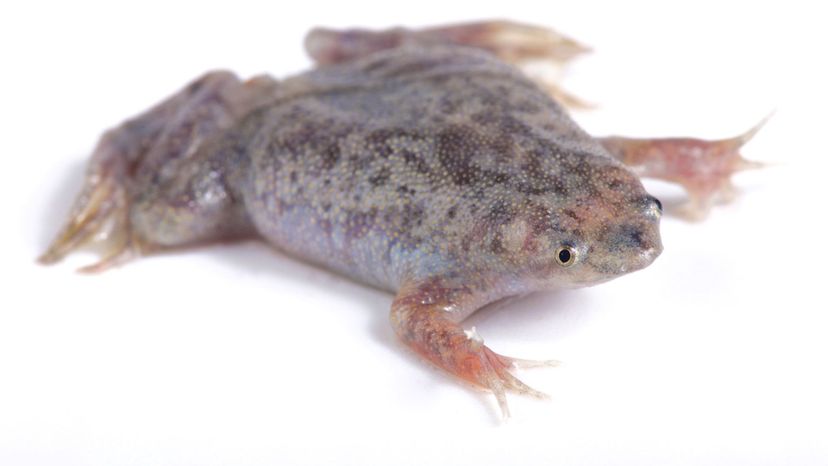

Advertisement

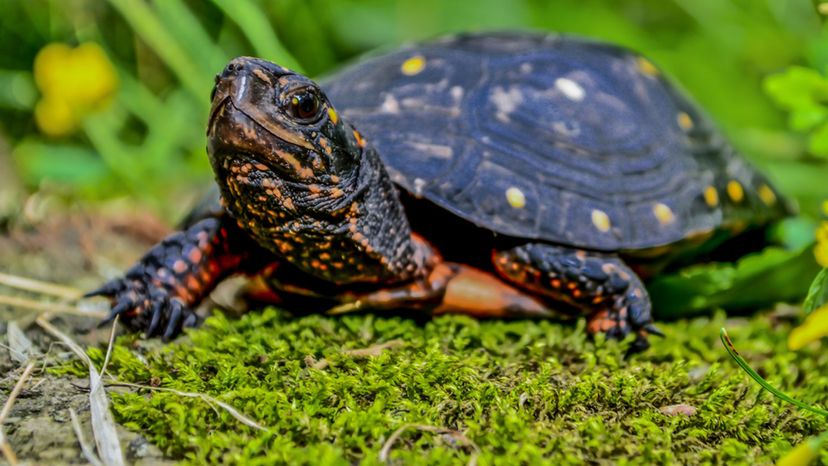
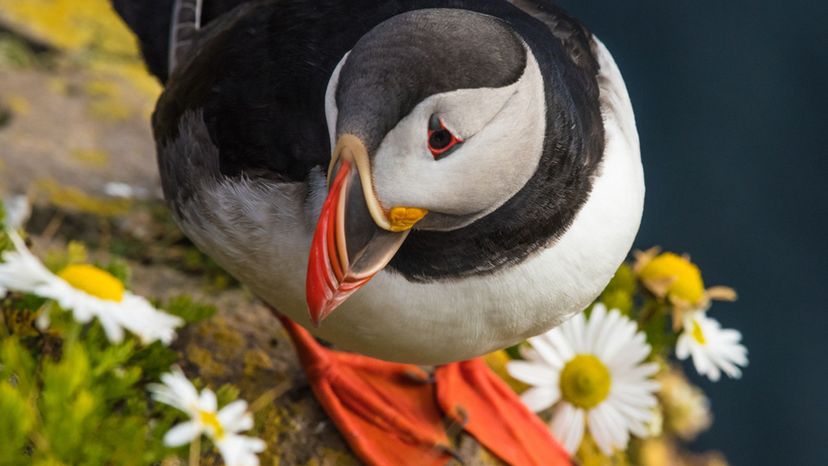
Advertisement
